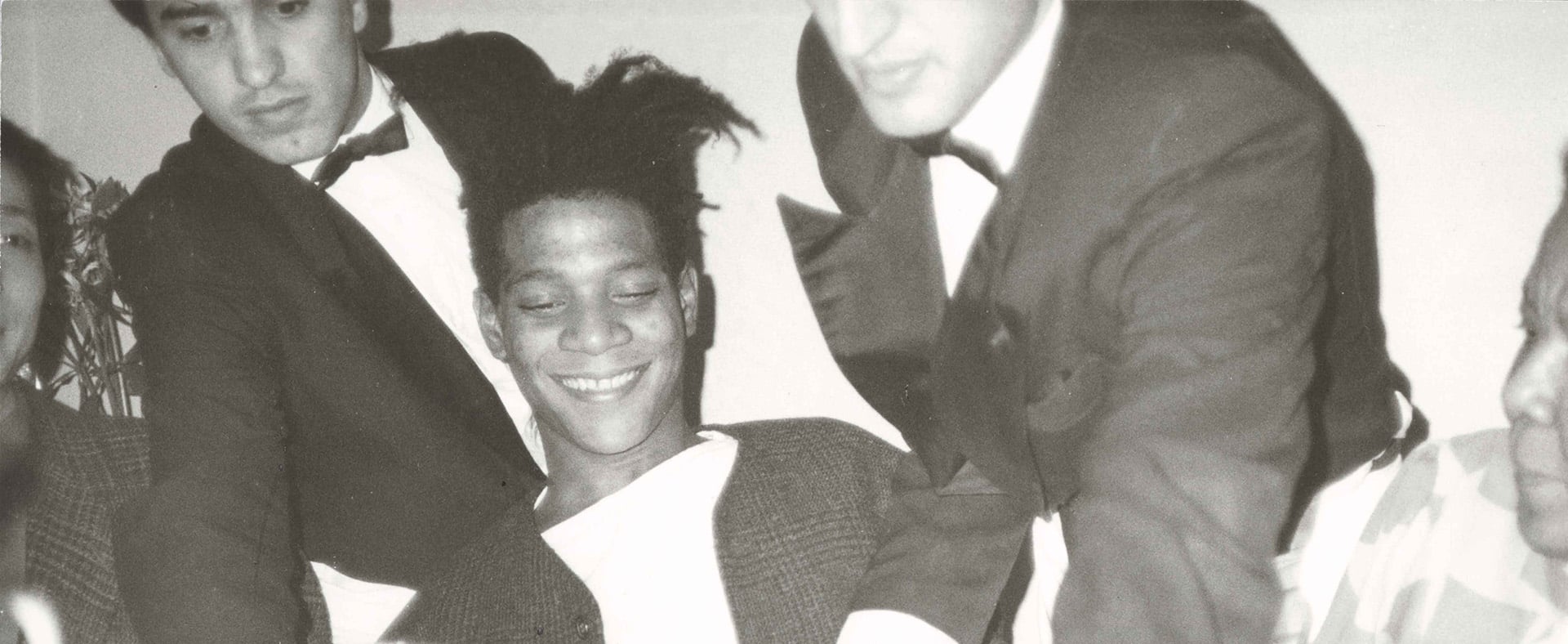The new exhibition “Andy Warhol: Photo Factory” in New York offers an expansive look at the artist’s enduring love of photography.

You’re getting blind.
Don’t miss the best of visual arts. Subscribe for $9 per month or $108 $90 per year.
Already suscribed ?



